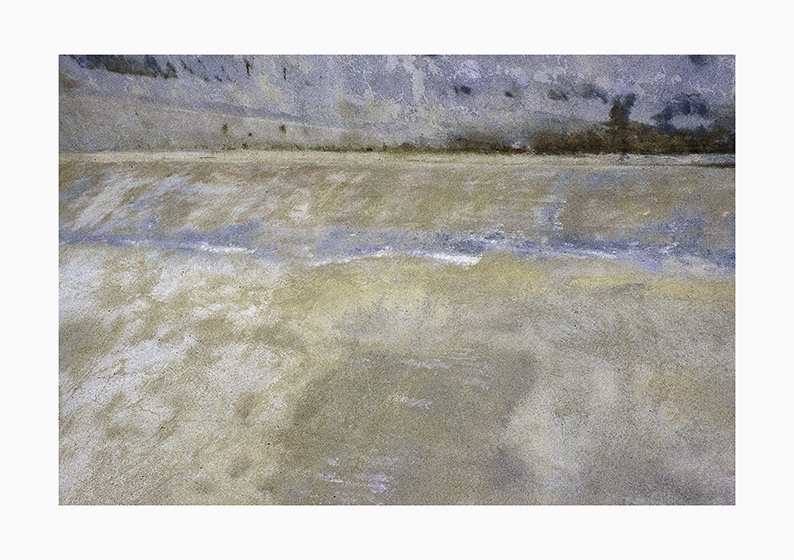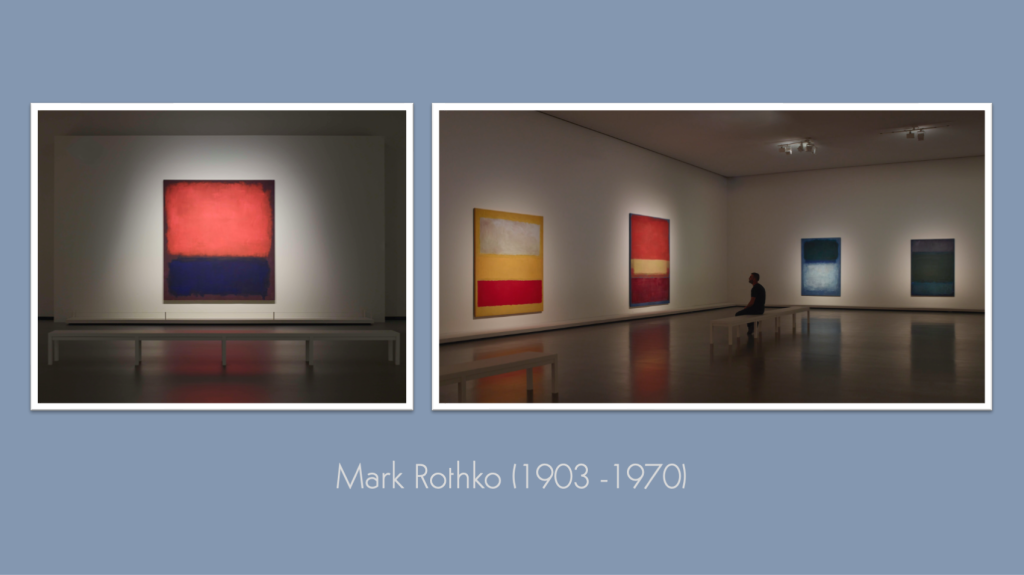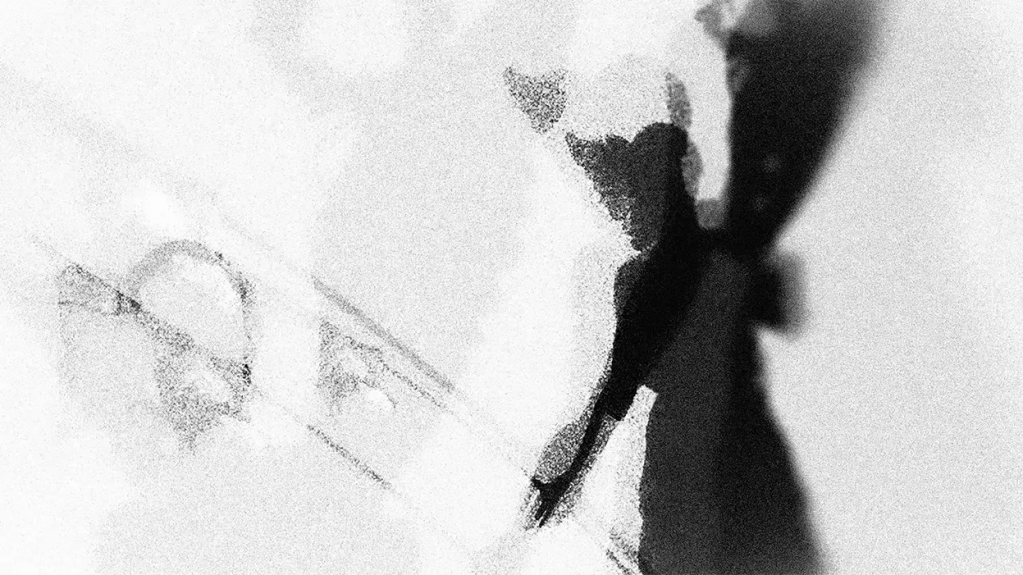
Bottles (1936), a Happy Harmonies animated short, directed by Hugh Harman, is one of my favourite things. Here’s why.
Tellingly, when my husband looked over my shoulder and saw me watching this very grainy upload of Bottles, in preparation for writing this, he said fondly, ‘Oh, that one.’ For the next ten minutes, we watched the animation together, suitably transfixed. Afterwards, my husband said, ‘Yep, still scary’, and, happily, I agreed.
As a child, whenever an old-style cartoon came on the television, Bottles was the one I was hoping for. The story, such as it is, begins with an old apothecarist falling asleep one suitably stormy night, initiating a musical dream sequence in which the bottles on the surrounding shelves come to life to perform in a series of variety-style skits. Even as a nipper, I detected that Scooby-Do, Captain Caveman and their like were ‘cheap’ animations. Something about their flat colour and all the labour-saving devices of their locked, unmoving poses told me corners were being cut. I enjoyed these cartoons, of course – better those than Grange Hill, or worse, The Littlest Hobo, but for me they were the equivalent of those packets of Swizzel’s Rainbow Drops – puffed rice dyed colorfully; a bit cheap, a bit thin, a bit light, and always a bit disappointing. Not a proper sweet, only the semblance of one.
But from the opening moments of Bottles you know it’s different; there’s the aliveness of the rain, and the painterly expression of light, and the parallax of the different layers of scenery pulling you filmically into the frame. This is what a labour of love looks like, the art and graft of animated storytelling.

Narratively, Bottles has an exhausting ‘and then, and then, and then’ structure, which I enjoy guiltily, in so much as it forgoes the necessity of character development or other expectations of the craft. My own first forays into creative writing were comic book-style adventures committed to the pages of blue exercise books, in which a spaceman in a smart red suit encountered peril after peril, page after page – and then, and then, and then!
When I watch Bottles I am reminded of my own direct-to-the-page instinctiveness, telling stories with all the boring bits cut out; not for me the moments when the spaceman in the smart red suit had to eat, sleep or urinate; not for me, any long episodes of walking, or talking, or arriving or leaving. Instead, bring on the battalions of robo-spiders, the purple space-krakens and the erupting volcanoes; and then, and then, and then!
As a lecturer in story for animation, I always had to speak to the importance of the ‘three act structure’, and all the other established systems for organising narrative for audiences effectively. All good and useful stuff, but secretly, I loved it more when students worked instinctively and less rationally. When I think about the imaginative forces regulating Bottles, it’s not some careful calibration of narrative structures, but rather the primality of a fever dream.

That inanimate objects come to life when we sleep is one of those knowledges that all children share. That we both love and fear this idea is captured in Harmon’s animation. In Bottles, anthropomorphism is like a contagion, moving along the shelves of the apothecary, imparting rampant squash and stretch to anything it touches. What I especially enjoy about Bottles is its no-holds barred horror, which doesn’t simply reside in the animation’s more obvious macabre set-pieces. There is something uncanny itself about the style of the animation, no matter its subject-matter, disturbing in the same way as those incessant, arm-waving inflatable ‘tube-men’ outside car dealerships. It’s the failure of stillness and the absence of pause, the gangly, boneless, grabbiness of everything.
But it is the poison bottle-come-skeleton everyone remembers about this cartoon, if not its more innocuous-sounding title. This guy is truly the Halloween loadstar; from this cackling character every plastic skeleton in every joke shop, from this character, every plastic mask, and He-Man’s Skeletor, but all of them pale imitations. ‘Death walks the night!’ the skeleton croaks, before unstoppering its own head and administering the droplet of shrinking potion that begins the apothecarist’s surrealistic adventure at the outset of the cartoon. There’s a witch in the mix too, rubber-faced, grotesque, terrifying, and a trio of ghosts – the spirits of ammonia. For this little boy who liked his entertainment served with a hearty helping of morbidity, Bottles managed that most satisfying of combinations: cosy horror, feelings of comfort in a subtle blend with sensations of peril and fright.

In tone and in spectacle, Bottles reminds me strongly of The Mascot (1933) a remarkable black and white stop-motion film by Ladislas Starevich. This too is a tour-de-force of animism, and likewise shares with Bottles its scene-stealing evil character, in Starevich’s film, a yakking devil presiding over a bizarre night-spot popular with gurning turnip-people and ambulating detritus. Another thing the two animations share is their racist cultural stereotypes; The Mascot features a minor black character with exaggerated lips and Mohican-style hair, while Bottles treats us to the ‘dance of the Golliwog Perfume bottles’, accompanied, natch, by the beating of drums. I hardly need put the necessary caveats around this moment in the animation, or rather my discomfort about it as an adult viewer, but as the rest of the cartoon’s featured bottles pertain to real brands, I was curious to understand if ‘Golliwog Perfume’ was an incidence of a racial stereotype created specially for the cartoon’s roster of vaudeville routines. I was amazed to find Le Golliwogg was an actual real-world perfume, launched in 1919 in France, and in 1925 in USA, and that its bottle featured a particularly grotesque example of the golliwog character, designed by Michel de Brunoff and his brother-in-law Lucien Vogel, both of whom where editors of the French Vogue. And there was me thinking the skeleton was the most disturbing thing about Harman’s animated short.
It’s only when I re-watched Bottles that I understood how conspicuously it haunts some of my own stuff, not least the Chimera stories, which imagines a world in which all inanimate objects are capable of life. But Chimera owes more than a nod to the pitch of Bottles too, by which I mean its headlongness, and likewise my resistance to de-fanging some of the books’ more intense scenes, and so ensuring I leave in the bits I suspect will linger for longest in the impressionable minds of my younger readers. Looks like I have carried that skeleton around in my imagination for forty-plus years. Of course, I’m rather glad of it. “Death walks the night!”







Leave a comment